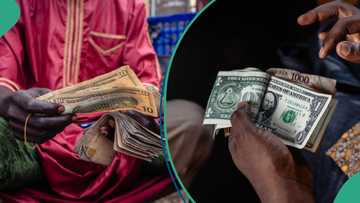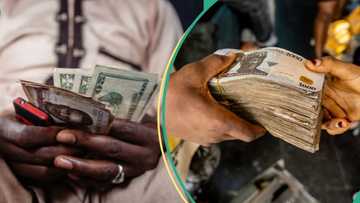Tariff Increase Imminent For Band A Customers as Electricity Subsidy Hits New High
- Band A consumers may experience a surge in tariffs as electricity subsidy by the Nigerian government hit N181.63 billion in September
- The development means that those enjoying 20-hour electricity will see their tariff rise to the current N225/kWh
- NERC said that several factors, including exchange rates and inflation figures, influence electricity tariff increase
Legit.ng’s Pascal Oparada has reported on tech, energy, stocks, investment and the economy for over a decade.
Electricity users under Band A feeders should expect a possible tariff hike following the rise in electricity subsidy caused by tariff shortfall.
Subsidy payments by the Nigerian government surged to N181.63 billion in September 2024 from N102 billion in May.

Source: Getty Images
Records of subsidy increases
The Nigerian Electricity Regulatory Commission (NERC) announced subsidy removal for Band A users in April this year when the subsidy was N140.7 billion.
To guarantee adequate liquidity in the sector, the Nigerian government stopped subsidy payments for Band A users who enjoyed at least 20 hours of electricity and raised their tariff to N225/kW per hour.
The policy outraged many Nigerians, including organised labour, education, and health workers, whose electricity bills rose threefold.
In May, when the subsidy plummeted to N102.30 billion, the Nigerian government slashed the Band A tariff to N206.80kWh.
However, the tariff increased again to N209/kWh in July as the subsidy rose to N158 billion in June.
NERC pegs FX rates for electricity
Data from NERC shows that subsidy rose to N163.87 billion in July, N173.88 billion in August, and N181.63 billion in September 2024, causing speculations of imminent tariff hikes in the October Multi-Year Tariff Order (MYTO), except there was a drop in the cost of power generation.

Read also
Currency speculators lose big as naira bounces back, appreciates by over N100 against US dollar
Punch reports that the FX crisis has significantly influenced the electricity subsidy.
NERC fixed the FX rate at N1,494.1 in August, N1,564.3 in September, and N1,601.5 in September.
NERC said that the dollar rate and inflation figures determine power production.
NERC disclosed in the MYTO order to all DisCos for September reflects changes in the pass-through indices outside the control of licensees, including inflation rates, naira/dollar FX rates, available generation capacity, and gas prices, for determination of reflective tariffs.
NERC adopted the N1,601.50 per dollar in September 2024.
Analysts believe that the cost of power generation is also affected by gas supply and transportation prices outside domestic gas delivery obligation quantities based on effective gas sale agreements approved by the commission.
More stable power underway as Nigeria gets investor
Legit.ng previously reported that the Federal Ministry of Power and the US Agency for International Development signed a memorandum of agreement on Wednesday, July 10.
As Punch reported, both parties declared this in a statement released by the Ministry of Power in Abuja.
The MOU aims to support the implementation of a N115.2 billion US government grant-funded technical assistance program intended to support power sector development and reforms in Nigeria.
PAY ATTENTION: Сheck out news that is picked exactly for YOU ➡️ find the “Recommended for you” block on the home page and enjoy!
Source: Legit.ng




